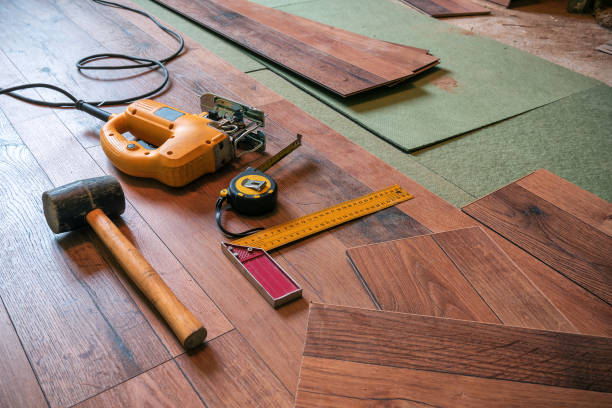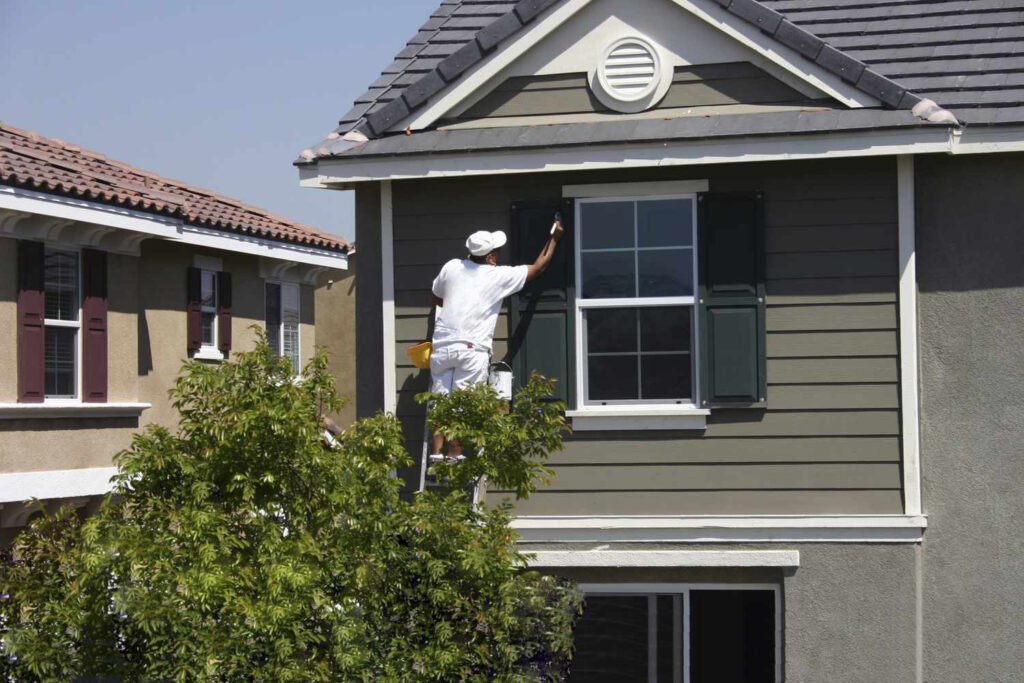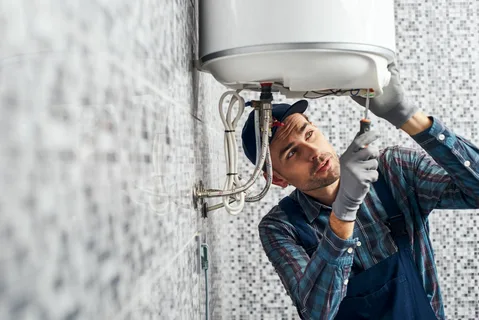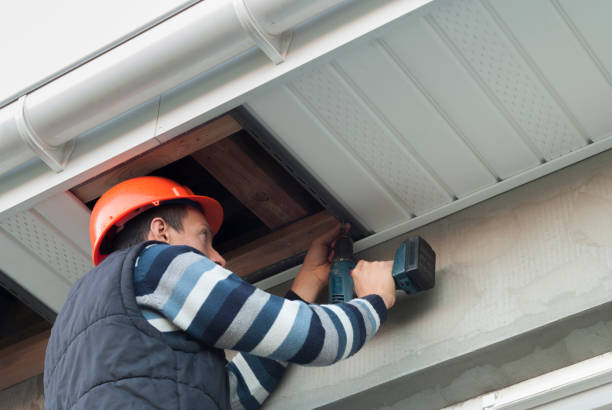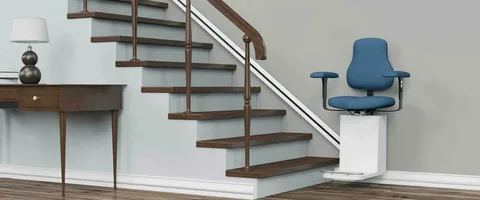Drywall Repair: Restore the Strength and Beauty of Your Walls
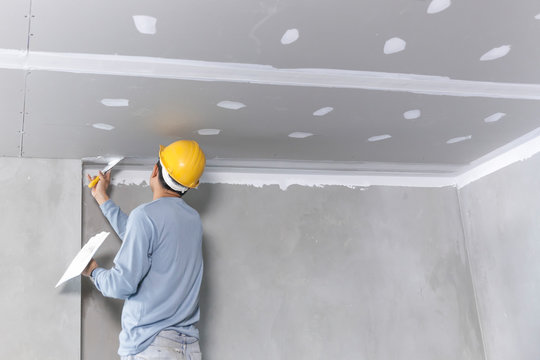
Walls play a crucial role in defining the look and feel of any home. Over time, they can develop cracks, holes, or dents due to accidental impacts, water damage, or general wear and tear. Drywall repair is essential for maintaining the structural integrity and aesthetic appeal of your walls. Whether it’s minor patchwork or extensive restoration, repairing drywall ensures a smooth, flawless finish that enhances the overall ambiance of your home.
Once your drywall is repaired and the surfaces are smooth, it's time to consider exterior painting. A fresh coat of paint not only improves the curb appeal of your home but also protects the exterior from harsh weather conditions, moisture, and UV rays. Exterior painting can give your home a vibrant, refreshed look while safeguarding it from the elements for years to come.
Why Drywall Repair is Important
Damaged drywall not only looks unattractive but can also lead to further issues if left unaddressed. Cracks and holes may grow larger over time, allowing moisture to seep in, leading to mold and weakening the structure of your walls. Proper drywall repair helps prevent these problems, keeping your home in top condition. Additionally, smooth, damage-free walls are essential when applying fresh paint, as they provide a clean surface for an even and professional finish.
Common Causes of Drywall Damage
Several factors contribute to drywall damage, including:
Accidental Impacts – Moving furniture, door handles, or everyday activities can cause dents or holes.
Water Damage – Leaks from pipes or roofs can weaken drywall and cause mold growth.
Settling of the House – Over time, homes shift slightly, leading to cracks in walls and ceilings.
Poor Installation – Incorrectly installed drywall can develop seams, bubbles, or uneven textures.
Pest Infestation – Rodents or termites can weaken drywall by creating holes and burrows.
The Drywall Repair Process
Proper drywall repair involves multiple steps to achieve a seamless finish. Here’s what the process typically includes:
Assessing the Damage – Identifying cracks, holes, or water-damaged areas that need repair.
Patching and Filling – Using spackle, joint compound, or drywall patches to cover holes and smooth out rough spots.
Sanding and Smoothing – Ensuring the repaired areas blend with the surrounding wall surface.
Priming – Applying primer to prepare the surface for painting.
Painting – Adding a fresh coat of paint to restore the wall’s appearance and protect it from future damage.
DIY vs. Professional Drywall Repair
While minor dents and small holes can be patched with DIY kits, larger damages require professional expertise. Hiring experts ensures that repairs are done correctly, preventing future issues like uneven surfaces, cracks, or mismatched textures. Professionals also have the right tools and materials to deliver long-lasting results, saving you time and effort.
The Connection Between Drywall Repair and Interior Painting
Once drywall repairs are completed, the next step is enhancing the overall look of your walls with interior painting. A fresh coat of paint can transform any space, giving it a modern and polished appearance. Painting over repaired drywall ensures that the wall has a consistent finish, hiding any imperfections and providing a smooth, clean surface. Whether you’re opting for bold colors or neutral shades, professional painting can breathe new life into your home’s interiors.
Conclusion
Investing in drywall repair is a crucial step in home maintenance, ensuring that walls remain strong, smooth, and visually appealing. Whether dealing with minor dents or significant damage, timely repairs prevent further deterioration and keep your home in top shape. Once your drywall is fixed, pairing it with fresh interior painting completes the transformation, creating a stylish and comfortable living space.
FAQs
1. How do I know if my drywall needs repair?
If you notice cracks, holes, water stains, or peeling paint, your drywall likely needs repairs.
2. Can I repair drywall myself?
Small holes and dents can be repaired with DIY kits, but for large or structural damage, professional services are recommended.
3. How long does drywall repair take?
Minor repairs can be completed in a few hours, while larger restorations may take a day or two.
4. Why is priming necessary after drywall repair?
Priming ensures the paint adheres properly and creates an even, professional-looking finish.
5. How does interior painting enhance drywall repairs?
Painting over repaired drywall gives it a smooth, flawless finish, making the walls look fresh and new.
Note: IndiBlogHub features both user-submitted and editorial content. We do not verify third-party contributions. Read our Disclaimer and Privacy Policyfor details.



